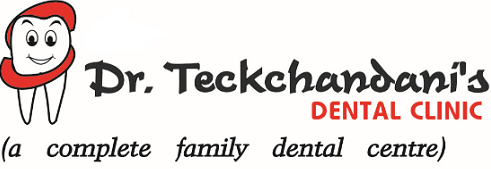Dental Braces
Dental braces also known as orthodontic braces, or simply braces are devices used in orthodontics that align and straighten teeth and help to position them with regard to a person's bite, while also working to improve dental health. They are often used to correct underbites, as well as malocclusions, overbites, cross bites, open bites, deep bites, crooked teeth, and various other flaws of the teeth and jaw. Braces can be either cosmetic or structural. Dental braces or orthodontic braces are often used in conjunction with other orthodontic appliances to help widen the palate or jaws and to otherwise assist in shaping the teeth and jaws.
Types of Dental Braces
Traditional metal-wired braces
- These braces are made of stainless steel, sometimes in combination with titanium, and are the most widely used. These include conventional braces, which require ties to hold the archwire in place, and newer self-tying (or self-ligating) brackets. Self-ligating brackets may reduce friction between the wire and the slot of the bracket, which in turn might be of therapeutic benefit.
Clear Braces
- These braces serve as a cosmetic alternative to traditional metal braces by blending in more with the natural colour of the teeth or having a less conspicuous or hidden appearance. Typically, these brackets are made of ceramic or plastic materials and function in a similar manner to traditional metal brackets. Clear elastic ties and white metal ties are available to be used with these clear braces to help keep the appliances less conspicuous. Clear braces have a higher component of friction and tend to be more brittle than metal braces. This can make removing the appliances at the end of treatment more difficult and time consuming.
Gold-plated stainless steel braces
- These braces are often employed for patients allergic to nickel - a basic and important component of stainless steel, but may also be chosen because some people simply prefer the look of gold over the traditional silver-coloured braces.
Lingual Braces
- These braces are custom made fixed braces bonded to the back of the teeth making them invisible to other people. In lingual braces the brackets are cemented onto the backside of the teeth making them invisible while in standard braces the brackets are cemented onto the front side of the teeth. Hence, lingual braces are a cosmetic alternative to those who do not wish the braces to be visible.
Post Treatment:
- In order to avoid the teeth moving back to their original position, retainers may be worn once the treatment with braces is complete.
- Patients may need post-orthodontic surgery, such as a fiberotomy or alternatively a gum lift, to prepare their teeth for retainer use and improve the gumline contours after the braces come off.





